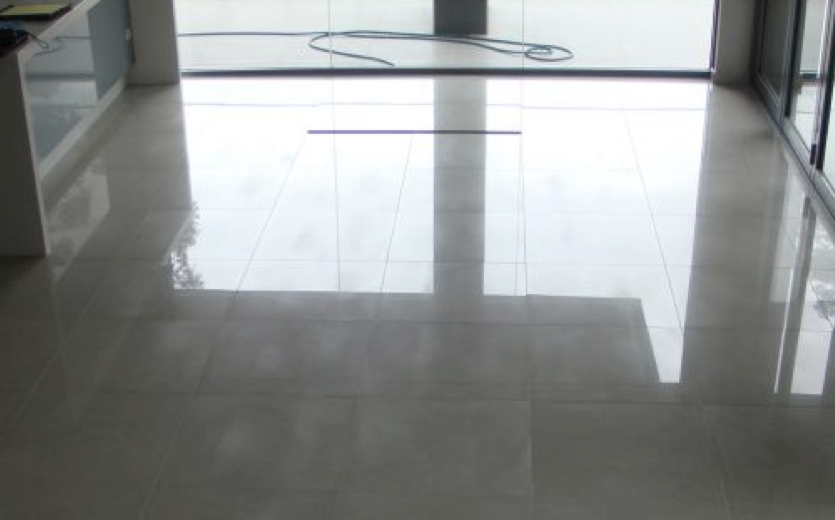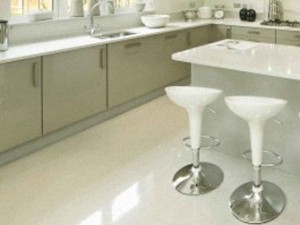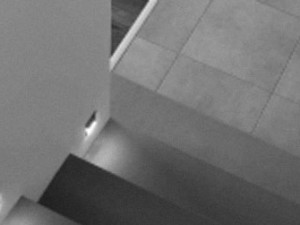
“Optical haze” is a surface effect found on some polished porcelain tiles which is not considered a defect and has no impact on the technical performance of the tile. However, it presents a rather big aesthetic problem for customers.
Most times this effect is invisible under normal lighting and is only noticed in certain types of low angle natural light. In such lighting conditions a variety of inconsistencies have been noticed, including light cloudy spots, dark shadow spots and ribbons, and wavy areas of inconsistent reflectivity.
However, these characteristics are not symptomatic of the poor quality of the tile. The tiles exhibiting this problem have been classified as “first quality” under existing international standards.
Then what are the reasons of such effects? As mentioned above, it is caused by light. If you observe a ray of light reflecting from a mirror, you will see that a single incoming direction (a ray) is reflected into a single outgoing direction. Such reflection is called a specular reflection. Reflection off a rough surface such as porcelain tile is known as diffuse reflection. It is a reflection when a ray of light is reflected at many angles.
Whilst polished porcelain has a glossy surface, it does not possess characteristics of a mirror and, hence, does not perform as a mirror. The fact that there are parts of the surface of the tile that receive more grinding and polishing can be considered a source of micro deviations from a perfectly flat surface. Several investigations found that shadowing was related to approximately 5,5 micron deviation in flatness. Apparently, such minor divergence should not be considered a defect of the tile, but can cause undesirable visual effects.
Unfortunately, at present, no international polishing standards exist, but the efforts for their development are underway. Perhaps, once such standards are adopted, it will be possible to control and minimize the appearance of the “optical haze” effect.
Very recently, a methodology that involves chemical removing of some of the gloss from the tile, then restoring it with synthetic diamond polishing has been shown to noticeably reduce or completely remove the “optical haze” effect. However, this procedure is very costly and time consuming.
Customers must understand that “optical haze” is an inherent feature in polished porcelain tiles, even though the degree of the problem can vary between tile manufacturers and between colours. The effects of optical hazing can be minimized by careful design planning, such as, the use of curtains and blinds, and a careful placement of furniture.



